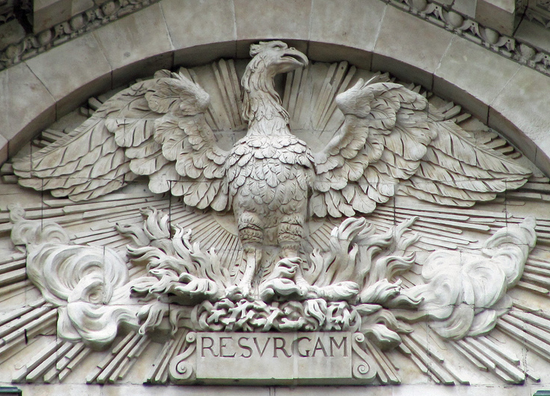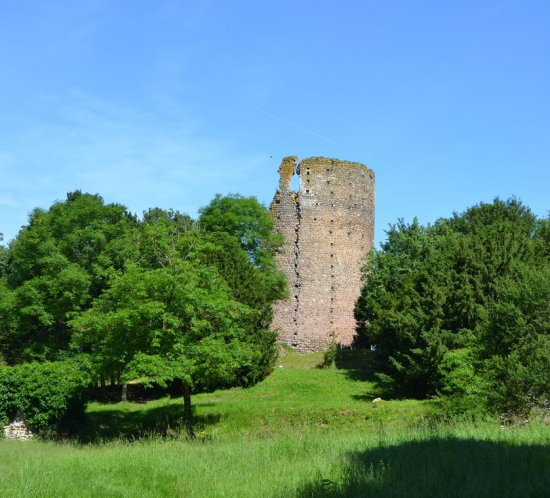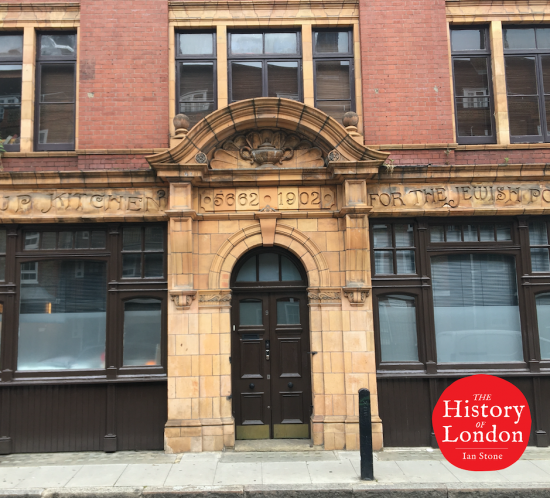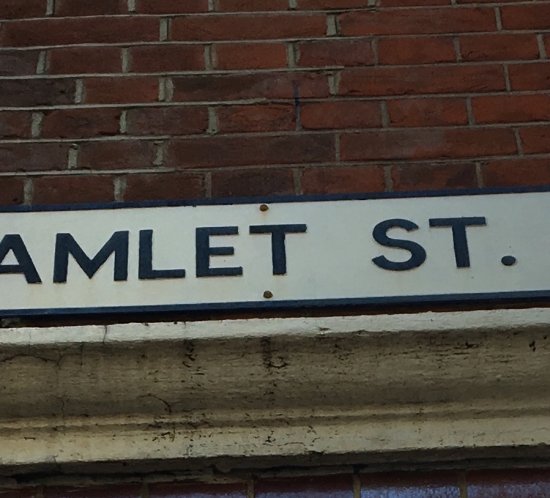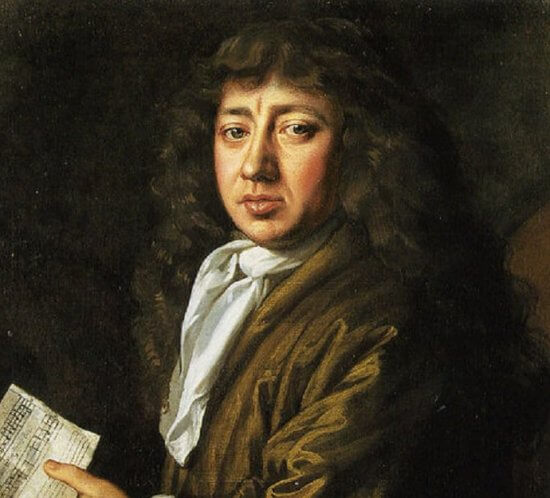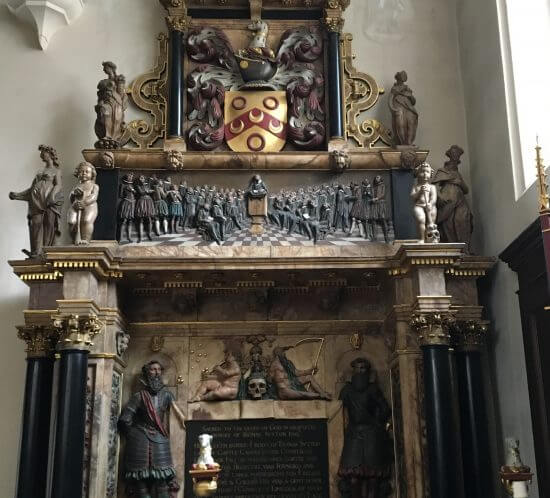Crisis in the Capital? Will London Survive Covid?
How many people live in London today? Simple question; complicated answer. What, for example, counts as London? Do we use an administrative measure, counting the number of people who live in each of the thirty-two boroughs and the City of London? Or should we imagine London as the geographic area contained within the M25? What of people who spend half their time in London and...







